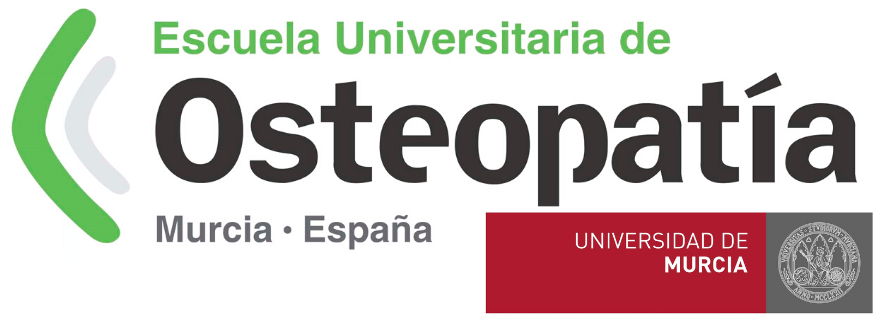Cervical arterial dissection: An overview and implications for manipulative therapy practice
Manual Therapy
Cervical arterial dissection (CAD) is a common cause of stroke in young people under 55 years. It can occur spontaneously or subsequent to minor trauma or infection. The incidence is difficult to determine accurately as not all CAD progress to stroke. CAD is the most catastrophic adverse event associated with cervical manipulative therapy, but it is rare. Early features of CAD can mimic a painful musculoskeletal presentation, and a patient may present for treatment of neck pain and headache with a dissection in progress. Whether the manipulative technique is responsible for dissection or whether the diagnosis of CAD has been missed is unclear. Identification of individuals at risk, or early recognition of CAD could help expedite medical intervention and avoid inappropriate treatment. The aims of this master class by researchers from Australia are to outline current research into the pathophysiology, aetiology and clinical presentation of CAD, to place the risk in context in a manipulative therapy setting, and to discuss its possible clinical recognition. For those patients presenting with recent onset, moderate to severe unusual headache or neck pain, clinicians should perform a careful history, in particular questioning about recent exposure to head/neck trauma or neck strain. (This hyperlink is to the abstract for the article titled «Cervical Arterial Dissection: An Overview and Implications for Manipulative Therapy Practice.» To view the full article, you will need to log in to the journal’s website.) READ MORE
